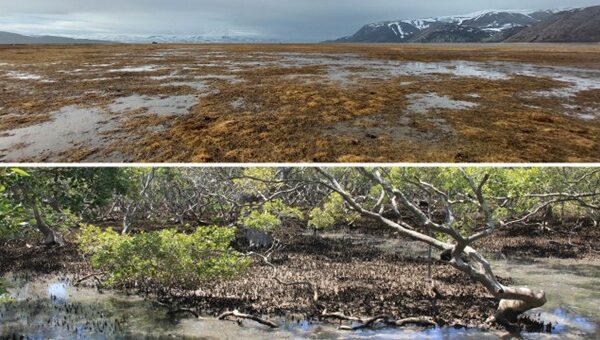- Research
Quebec sits atop its very own eco-friendly furnace thanks to its rich geothermal potential. How do we know if a school, factory or home is in a location suited to extracting the earth’s natural heat—a clean and renewable resource? This question usually goes unanswered, which puts a damper on growth in the industry. Tests are expensive. With no guarantee of finding enough potential to make their investment worthwhile, property owners may hesitate to move forward.
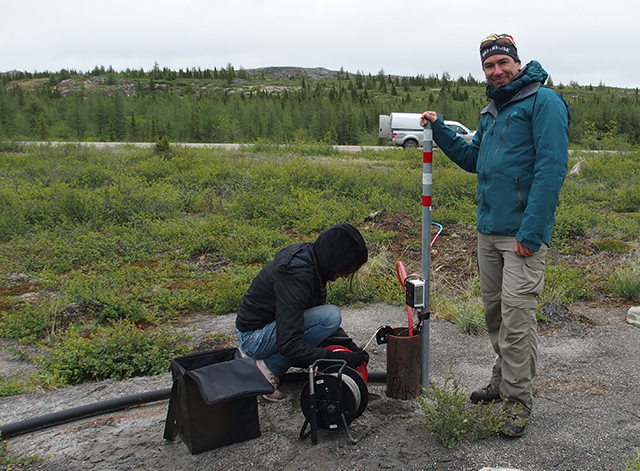
In order to ramp up knowledge-sharing and development, Institut national de la recherche scientifique (INRS) has created the Laboratoire ouvert de géothermie (LOG). For Professor Jasmin Raymond, the scientist in charge of the lab, geothermal energy is “not only good for the environment but also cost-effective, especially for buildings meant to be in use for decades.”
More than 10% of GHG emissions in Quebec come from residential and commercial properties that still use oil-burning furnaces. Upgrading those systems is part of the Quebec government’s 2013–2020 Climate Change Action Plan. “A shift to geothermal energy would have a big impact on our carbon footprint,” says Professor Raymond.
A lab open to all
The LOG is not only home to the latest technology, but is also designed to be accessible to all, much like free software.
Outside partners can use the LOG equipment for free. They can come analyze their rock samples or even test innovative new materials for thermal conductivity and other geothermal properties.
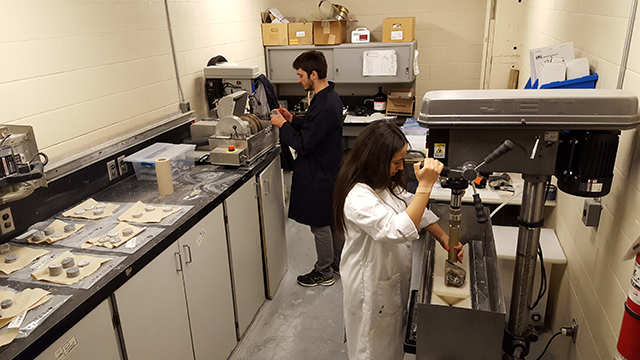
In exchange, they agree to let their data become public in three years, through a database developed by the lab. “Our long-term goal is to develop knowledge on the thermal and hydraulic properties of the rocks that are analyzed,” explains Professor Raymond.
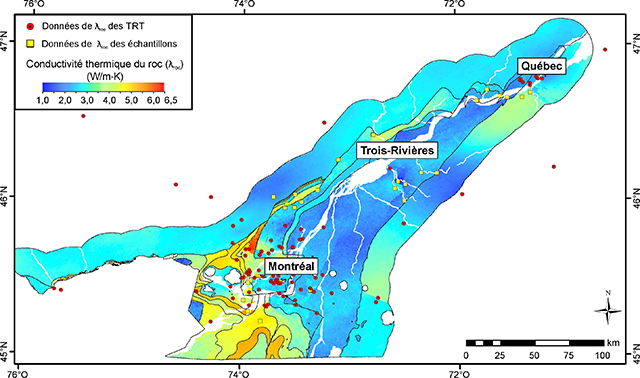
He and his team are working with both the public and private sectors. For example, they have published maps of geothermal potential. One was used to assess the thermal conductivity of rocks near surface in the St. Lawrence lowlands. This invaluable information can facilitate the installation of geothermal heat pumps in target areas. Near surface geothermal potential generally seems higher to the north and east, as shown in this study conducted with SNC-Lavalin.
The study examined the potential of geothermal heat pumps using boreholes up to 150 metres deep. The LOG will also be useful for assessing geothermal resources from geological reservoirs three to five kilometres underground on either side of the St. Lawrence River. The lab is using rock samples from drilling cores taken during oil and gas exploration activities years ago to conduct experiments that promise a more renewable-energy future.
Grand openning of LOG
INRS introduced the LOG during the Institut nordique du Québec’s third Science Day, held at INRS on Wednesday, November 28, 2018.

The LOG was established with funding from the Canada Foundation for Innovation (CFI), the Government of Quebec, and the Fonds de recherche du Québec — Nature et technologies (FRQNT).
Jasmin Raymond holds the Northern Geothermal Potential Research Chair, which is funded by Institut nordique du Québec and aims to adapt these technologies to the northern environment to encourage green energy development.
Institut national de la recherche scientifique is the only institution in Quebec devoted exclusively to graduate-level research and training. The influence of its faculty and students extends around the world. In partnership with the community and with industry, INRS is proud to contribute to the development of society through its discoveries and through the training it provides to a new generation of scientific, social, and technological innovators.
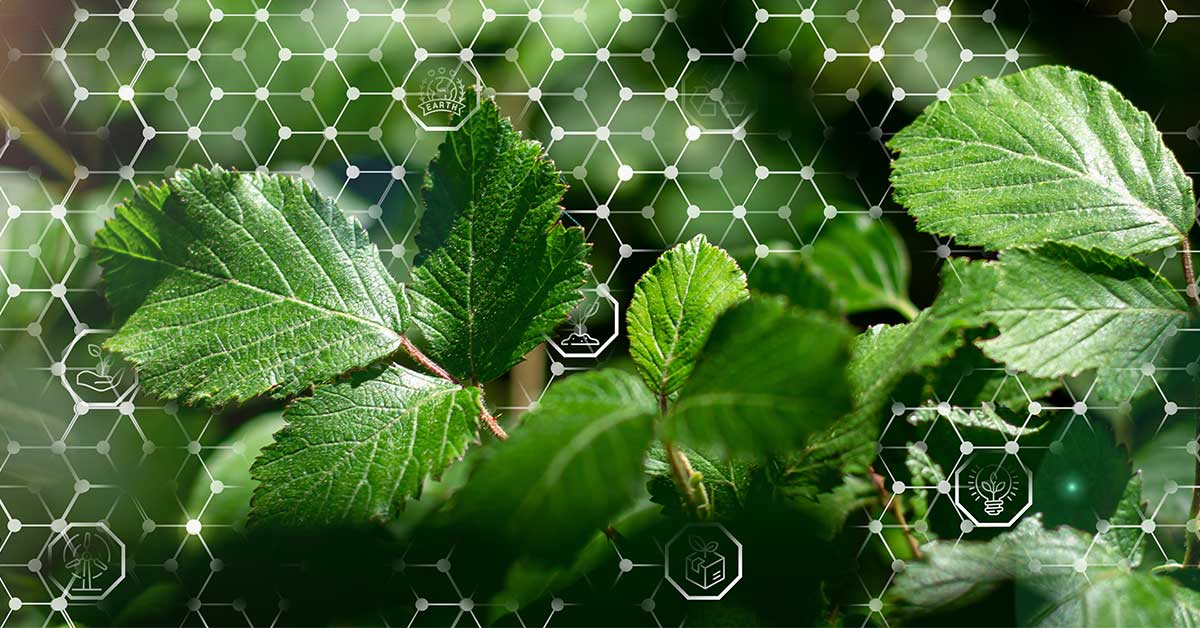
Green energy: from innovation to transition


